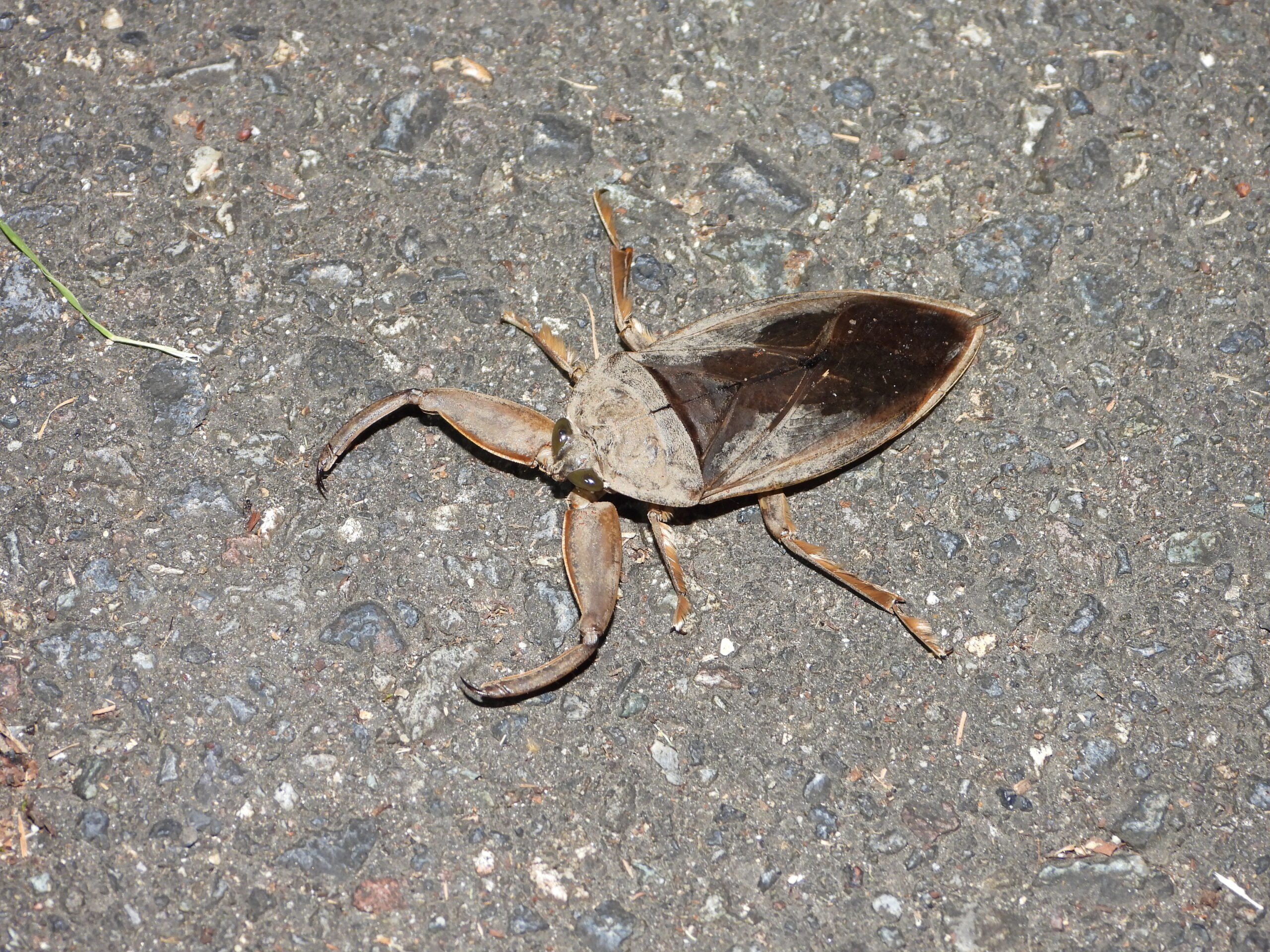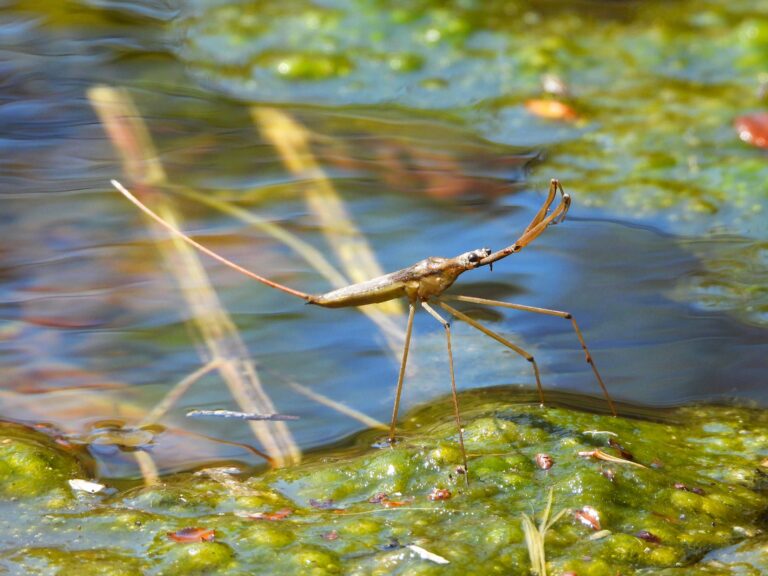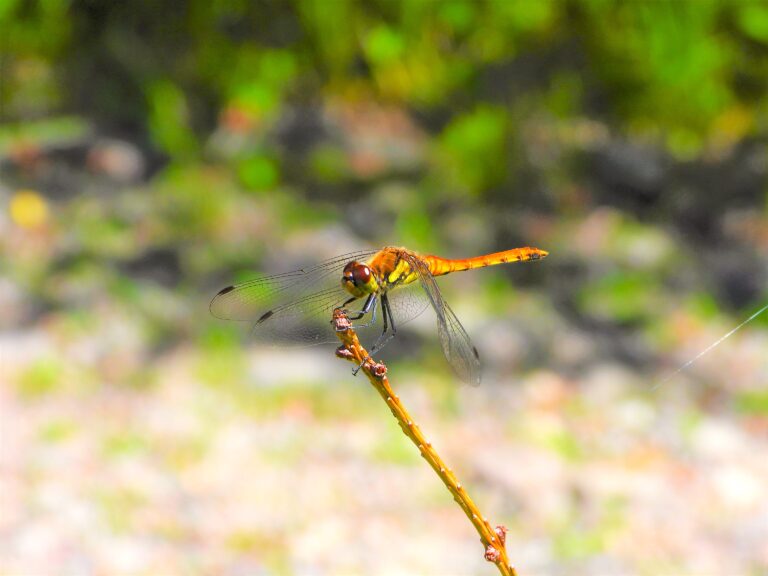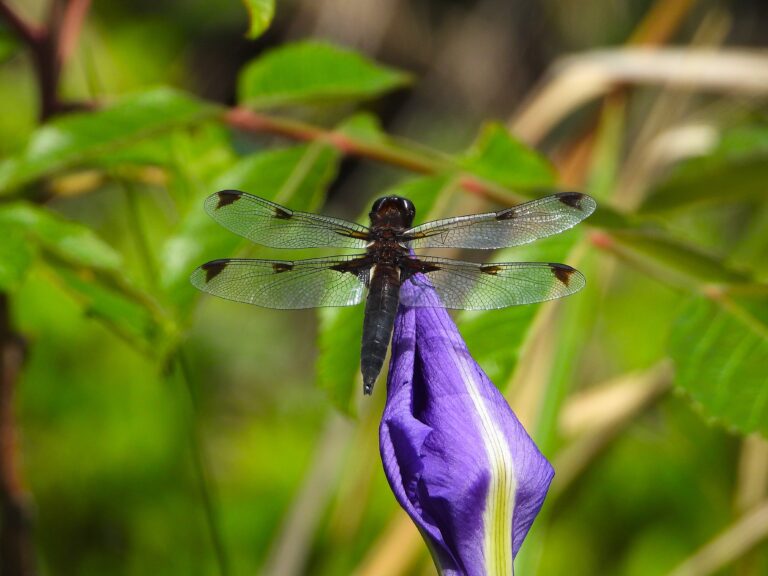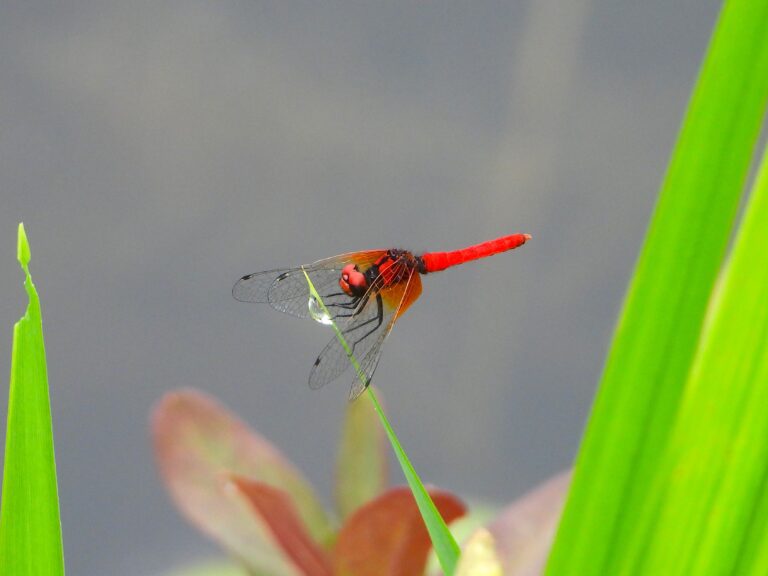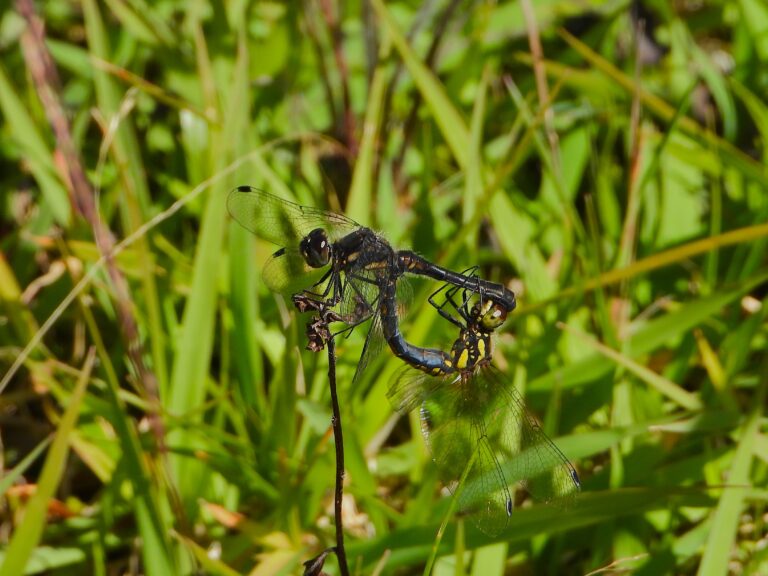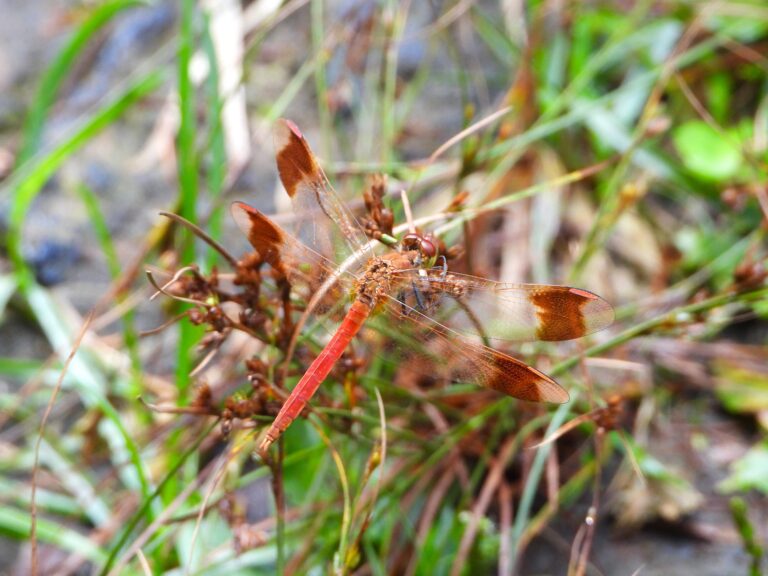Japanese Giant Water Bug (Kirkaldyia deyrolli)
Introduction
The Japanese Giant Water Bug (Kirkaldyia deyrolli) is Japan’s largest aquatic insect, once thriving across the country’s rice-paddy wetlands. It remained common until the 1950s but declined sharply by the 1970s due to paddy dry-down, pesticide use, and light-trap mortality. It is now listed as VU (Vulnerable) on Japan’s Red List and designated a Special Second-Category Domestic Endangered Species under the Species Conservation Act.
Appearance
A broad, flattened oval water bug about 45–70 mm long (females usually larger). Forelegs are massive raptorial grabbers with a single terminal claw; hind legs are oar-like. A telescoping breathing tube at the abdomen tip allows submerged respiration, and the hindwings are large and opaque white. Early instars are banded dark; later instars become pale green.
Habitat & Distribution
The Japanese Giant Water Bug inhabits rice-paddy landscapes with still or very slow water—traditional paddies, irrigation ditches, farm ponds, and sluggish channels with emergent vegetation and open water. The national guide notes current occurrence in parts of 19 prefectures, while many areas are uncertain or locally extinct. Outside Japan it also occurs in Taiwan, China, the Russian Far East, and more broadly in the Oriental region.
Behavior
Adults are powerful fliers and are attracted to outdoor lights—a known mortality source. Attraction is strong to mercury-vapor lamps, while LED or low-pressure sodium lights attract few individuals. Overwintering occurs on land (e.g., along banks or under leaf litter) near paddies.
Diet
An ambush predator injecting digestive fluids and drinking liquefied tissues. Tadpoles are key prey for early instars, whereas adult frogs and loaches (e.g., Misgurnus) dominate adult diets; it also takes small fishes (e.g., medaka), aquatic insects, and crustaceans.
Reproduction & Life Cycle
Overwintered adults breed mainly late May–July. Females lay around 80–100 eggs above the waterline on emergent stems or stakes. Males provide paternal care—watering the egg mass and defending it—until synchronous hatching. Nymphs drop into water and molt five times to become new adults in late summer, with adults overwintering. Some individuals can live 2–3 years.
Defensive Care Against Ants (Research Note)
Field and experimental studies show attending males repel ant attacks using both physical blocking and a chemical “green odor” defensive secretion.
Conservation & Legal Status
National Red List (2020): VU. Main threats include habitat loss (paddy dry-down or lining), reduced prey such as frogs and loaches, pesticides, neglect, and light attraction.
Legal: Listed as a Special Second-Category Domestic Endangered Species (February 2020). Commercial capture, sale, and transfer are prohibited; observers should avoid any collecting and follow local regulations. Outreach materials emphasize the need to conserve rural paddy ecosystems where this species still survives.
Similar Species & ID Tips
Back-brooding Water Bug (Appasus japonicus, “Kōoimushi”): smaller (around 20–30 mm) and males carry eggs on their backs; the Japanese Giant Water Bug lays eggs above water and guards them nearby.
Water Scorpion (Laccotrephes japonensis, “Taikōchi”): slender, leaf-shaped body with a long tail siphon; not broad-oval like Tagame.
Author’s Impression
The Tagame symbolizes Japan’s traditional satoyama wetlands. Once abundant across the countryside, it has now become a difficult insect to encounter in the wild. Protecting flooded paddies and the frogs and loaches that live there helps preserve this emblematic species. When observing, please take only photographs and leave nature undisturbed.

